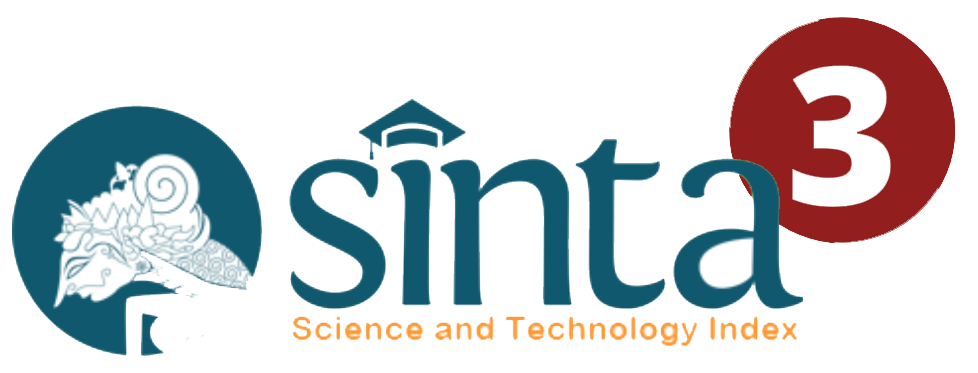THE EFFECTIVENESS OF MANIPULATIVE MEDIA ON UNDERSTANDING THE CONCEPT OF MULTIPLING IN GRADE II MADRASAH IBTIDAIYAH
DOI:
https://doi.org/10.22460/pej.v6i1.2857Abstract
The purpose of the study was to find out how effective the use of manipulative media was for understanding the multiplication concept of class II at MI Gisikdrono Semarang in 2020/2021. The design of this study used a quasi-experimental method with a pretest posttest control group design. The sample of this study was 23 students of class IIA as the experimental class and 27 students of class II B as the control class. Sample selection using simple random sampling technique. The results of statistical analysis show that by using manipulative media there is an effect on learning outcomes. This is evidenced by the results of the analysis of the N-gain score test which shows the average value of the experimental class of 0.68 or 68% which is included in the moderate or quite effective category. Furthermore, the acquisition of the count using the Paired Samples Statistics test stated that there was a difference in the average paired sample from the experimental class with the pretest of 59.13 < posttest 87.17, which means that there was a difference in the average results of the pretest and posttest of the experimental class. Through the results of this study, it is expected to be able to add insight to knowledge related to the importance of using manipulative media props.References
Andrianto, R. (2017). Pengembangan Alat Peraga Edukatif Mistar Bilangan Bulat (Misbilbul) Mata Pelajaran Matematika Untuk Kelas IV SDN Golo. E Journal, VI, 536–544.
Asfiah, I. (2010). Mengajarkan perkalian di kelas ii sd/mi denganstrategipermainan. Al Bidayah: Jurnal Pendidikan Dasar Islamah, Desember 2(2), 231–254.
Creswell, J. W. (2019). Research Design Pendekatan Metode Kualitatif, Kuantitafif, dan Campuran. Pustaka Pelajar.
Fadil, K., & Amran. (2020). Pengaruh Model Savi Terhadap Keterampilan Proses Sains Dan Penguasaan Konsep Pada Pembelajaran Ipa. 10(4).
Guslinda, & Munjiatun. (2021). The Effectiveness of Implementing Discussion Method to Improve Pre-Service Elementary Teachers ’ Activeness in Social Science Learning. Journal of Teaching and Learning in Elementary Education (JTLEE), 4(1), 110–121.
Hake, R. R. (2007). Design-Based Research in Physics Education Research. NSF Grant DUE.
Handayani, N. P., & Syahrini, T. I. (2019). Peran Komunikasi Guru terhadap Motivasi Belajar Matematika. Diskusi Panel Nasional Pendidikan Matematika, 5(1), 189–194.
Kusrini, dkk. (2014). Strategi Pembelajaran Matematika. Universitas Terbuka.
Lubis, N. F. (2016). PENINGKATAN KEMAMPUAN BERHITUNG ANAK USIA 5-6 TAHUN MELALUI PERMAINAN CONGKLAK DI TK AISYIYAH 19 MEDAN. Elementary School Journal (ESJ), 5(2), 106.
Meltzer, D. E. (2002). The Relationship Between Mathematics Preparation and Conceptual Learning Gain in Physics : A Possible “Hidden Variable†in Diagnostic Pretest Score. Am.J.Phy, 70((12) Desember American Association of Physics Teachers. Departement of Physics and Astronomy, Lowa State University).
Muhsetyo, & dkk. (2008). Pembelajaran Matematika SD. Universitas Terbuka.
Nurfiyanti, D. (2019). Efektivitas Media Sempoa Dalam Meningkatkan Keterampilan Berhitung Siswa Pada Mata Pelajaran Matematika Di Sd Negeri 2 Borobudur. UNIVERSITAS MUHAMMADIYAH MAGELANG.
Nurmutiatun. (2018). Pengembangan Alat Peraga Garis Satuan Panjang pada Siswa Kelas IV SD Negeri I Kutoarjo. 19–24.
Sugiyono. (2019). Metode Penelitian Kuantitatif Kualitatif dan R&D. Alfabeta.










